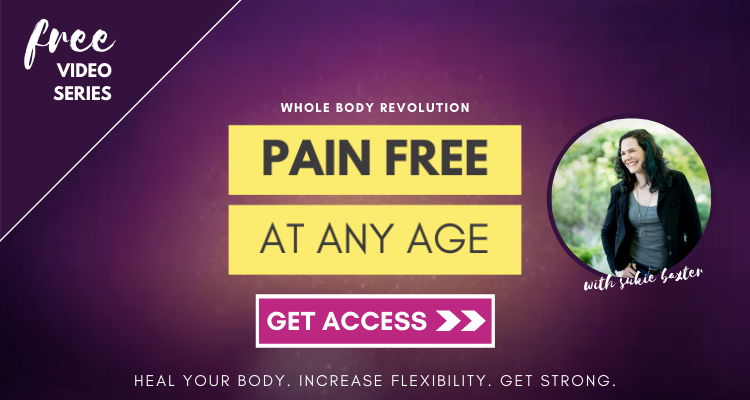Do emotions get stored in the body? Absolutely they do!
But it’s not just some weird wacky woo-woo energy spiritual phenomenon.
The fact is, every thought or feeling you experience has a corresponding physical reaction.
You cannot separate the two. Think about something stressful and your body tenses. Think about something pleasant and your muscles relax.
Your brain is a giant knot of neural wiring. And all those wires connect to your muscles. So tension in your brain means tension in your muscles, too.
But when you release stored stress and muscle tension in your body, you also release it in you brain.
Yes, that’s right. You can change your thoughts by changing your body. And since your thoughts determine your reality, you can also change your whole damn life.
This is what I do with folks in my 10 week transformational program. We release pain, tension and stress that stems from old trauma and blocked emotions in your muscles.
Quite literally, we move your mind by moving your body.
Curious? Want to check it out? Click here to get your beautiful self on the waitlist.
Enrollment opens in December. Don’t miss out.
